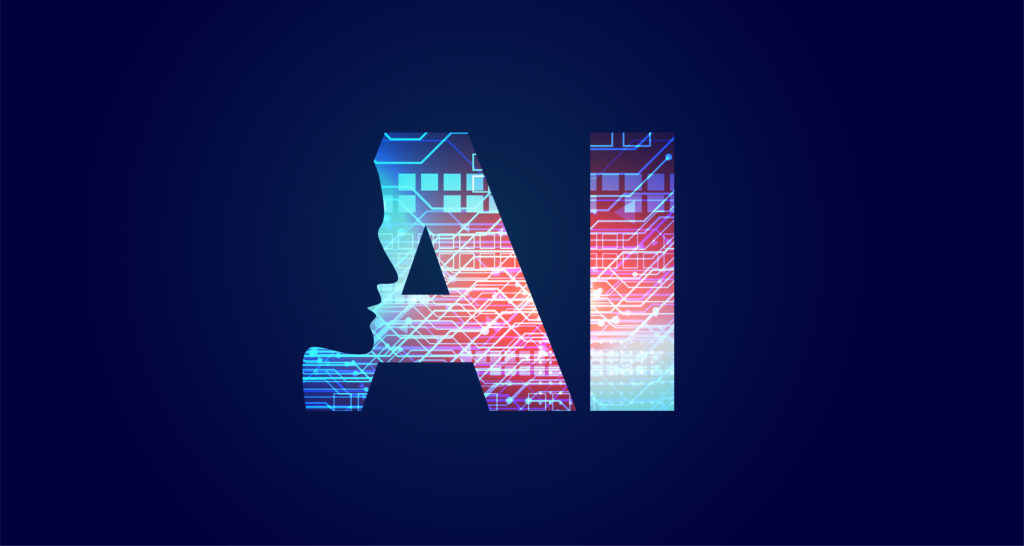Role of AI in lending
“By far the greatest danger of Artificial Intelligence is that people conclude too early that they understand it.”
― EliezerYudkowsky
Artificial intelligence is when a machine can think. It is that simple—when a machine is able to take in data, interpret and learn from it the way humans do, it is an artificially intelligent machine. AI is everywhere; in places you would least expect it to be. It is in your mobile phone’s keyboard, constantly learning which words you use the most and which you don’t, altering the performance of your keyboard to suit your typing speeds and preferences—it is in your social media and smart televisions and calculators.
And most importantly, AI is in your bank.
This article will take you through the usage and trends of artificial intelligence in the financial sector—specifically, in lending.
Artificial Intelligence in Lending
Natural Language Processing
Artificial Intelligence programs are given the ability to read, understand and put together a response to natural human languages. This is called NLP, and the most wide-spread and well-known NLP are digital assistants, like Amazon’s Alexa and Apple’s Siri. Another example is COIN, a software developed by JPMorgan & Chase. This software allows employees to upload contracts and other documents, and can extract the important data points for the human employees to peruse. Previously, they spent 360,000 hours scouring through documents like commercial loan agreements and were prone to making errors—problems that were instantly solved with the introduction of COIN.
Chat-bots for customer service
Using a website to reach your customer base has one major disadvantage. It takes away the most important aspect of service: interaction. Website portals are only one-way platforms, and interacting with a customer through a website is seemingly impossible. But with AI, the “chat-bot” technology is quickly changing this. Using Natural Language Processing, chat-bots can interact with your customers for matters like making payments, fetching transactions and managing finances without the help of a human employee. Chat-bots are faster, more efficient and much more accurate as well. One good example of this is KAI, the finance chat-bot offered by Kasisto. (Kasisto)
Determining credit worthiness
Understanding the risk behind a certain loan is not an easy task. It requires an analysis of the individual’s income, FICO score, past history of loan repayments and much more—even metrics such as the life history, digital footprints and more. The amounts of data that need to be processed to understand the credit worthiness of a borrower is simply too much for a human being to handle and understand. This is where AI comes into play. AI software can take in all this data about potential borrowers and come up with a reliable, accurate, holistic credit score.
Automated customer rankings
Over the years, AI has managed to perfect the ability of taking in data, analysing it and coming up with possible future behaviours based on the data it analysed. Using machine learning, AI softwares can predict how existing and potential customers might make financial decisions based on their past history of transactions. Using this information, banks can come up with a predictive analysis ranking model of high-risk and low-risk customers with ease.
The New Generation
Based on a survey conducted on millennial adults and early Gen Z youth, only 6% of the youth with a bank account visit a physical bank branch more than four times a month. The new generations prefer using online and AI-based services over traditional brick-and-mortar based services. They have a certain distrust of banks and financial organizations; being raised during the recession and facing plenty of financial strain even before reaching adulthood making them wary.
According to Rick Yang, partner at New Enterprise Associates based on an interview with Business Insider, they trust technology more than the older established brands of banks. Apps that make use of modern technology like AI and cloud-computing like Venmo,GPay and Amazon Pay as well as mobile-savings apps are on the rise. This demands collaboration between innovative, modern start-ups and big, established banks.
Millennials and Gen-Z youth want faster services with minimal fuss and rely extensively on technology, according to Sujith Narayan, cofounder of EpiFi.Therefore it makes more sense to reduce investment in actual physical bank branches and increase in banking technologies like AI.


AI indeed is the future . The machine has the ability to process the data much faster than we humans. The future would definitely be AI-enabled. This would bring more transparency and would make the lives of individuals easier. We need to start reading more cause the more we read the more we can apply them to various walks of life. Technology like AI and blockchain will revolutionize the way things work around the world.